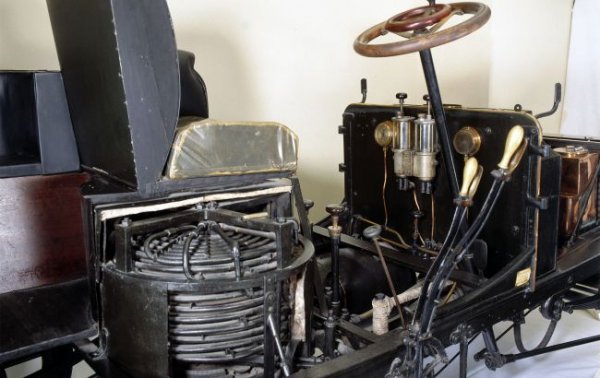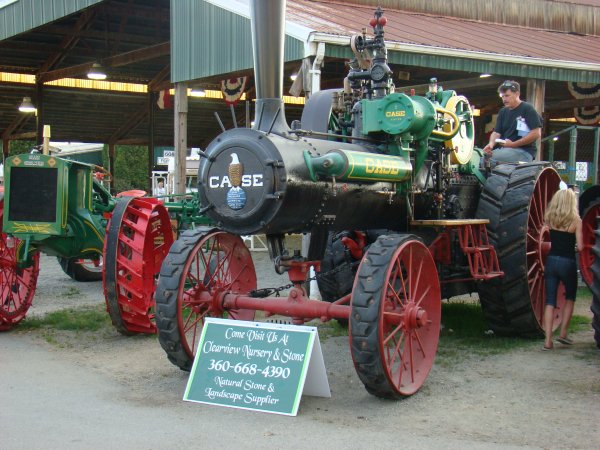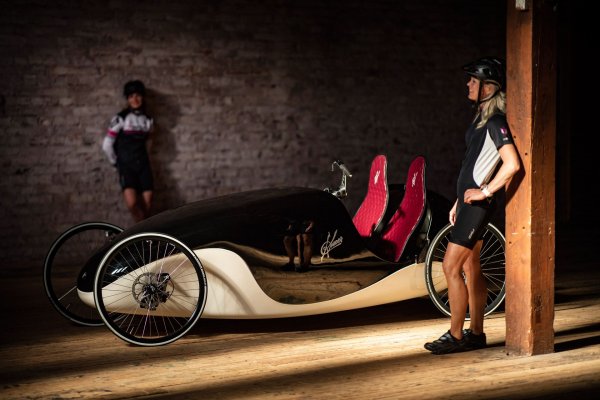
Photo: Alternative engines are changing the auto industry (Getty Images) Author: Konstantin Shirokun
It is largely a coincidence that gasoline once became the primary fuel for automobiles. Why aren't engines that operate without petroleum fuel used today?
Read about car options that do not require gasoline or diesel fuel in the RBC-Ukraine article.
Design thought has never stood still, and among other things, automobile engineers are constantly working on new types of engines for cars. Moreover, even a hundred years ago, when the internal combustion engine (ICE) had not yet become the main and only engine for cars, several other types of engines could be seen under the hood of cars in parallel with it. RBC-Ukraine Auto journalists know several of them that could make sense today.
Steam engine
Cars with a steam boiler are technically much simpler than cars with an internal combustion engine. They were fueled with wood or coal, and later with alcohol, kerosene or gasoline. Only this fuel was burned not in the engine cylinders themselves, but under the boiler, in which the steam was heated, and the steam with its high energy set the steam cylinder in motion – the so-called steam engine. These cars drove fast, carried a lot, and broke down rarely, because they did not have complex units. But simplicity and unpretentiousness to the quality of fuel were eventually overcome by the inconvenience of use. Steam engines required several minutes of warming up before starting, consumed a lot of water and pestered drivers with the need to clean the grates.

Gas generator cars
The good thing about a gas generator is that, if necessary, it can be additionally equipped with a regular car with a gasoline engine – and it will be able to run on firewood, or, for example, on pine cones. This is exactly what car owners in many countries of the world did during difficult times during the 20th century. Generator gas burns not much worse than gasoline, and is produced directly on board the car or in a small trailer that is towed from behind. The design of the gas generator is extremely simple, so it can be made in any well-equipped garage. The inconveniences are as follows: refueling every 100 km, lower power, the need to chop wood (collect pine cones) and clean the firebox.
Super flywheel
A very original power unit, transport with which (including buses) were actively built and tested in the 1980s. Its idea is that the energy on board the machine is accumulated in a flywheel – a heavy and large disk, which must be spun up to high speeds (up to tens of thousands per minute) before the trip. On modern magnetic bearings, the flywheel retains the kinetic energy transferred to it for a long time, which in turn is transferred to the drive wheels through a mechanical or electric transmission. The disadvantages are as follows: a short mileage from spin-up to spin-up and the need for special infrastructure for this procedure. In fact, experienced engineers say that in some transport areas (say, in space) this idea is recognized as rational and is used.
Pneumatic engine
A special but simple engine of a pneumatic car works from… air. Which, however, must first be pumped in the largest possible quantity and under high pressure into cylinders on board the car. Free air and a regular compressor are needed to fill the air car. The fundamental problem of such cars is a limited power reserve, from several dozen to two hundred kilometers. There is nowhere to increase the mileage, because the cylinders for compressed air are heavy and bulky. Despite this, the idea is quite workable, because there are several areas of quite successful use of such transport: certain limited locations, short routes, and the like. Moreover, compact passenger cars on compressed air of the Tata brand were recently produced and operated in India.
Pedal drive
Under certain conditions, a bicycle with a cabin and a seat instead of a saddle can easily drive a small car. Moreover, these seats with backrests help to use muscle energy more profitably. Such machines are used today, but are primarily aimed at the entertainment industry. Moreover, the availability of modern technologies allows you to equip such a bikecar with a bicycle electric drive kit – and the driver will be able to alternate between using muscle power and electric traction. The disadvantages are probably clear: tied to the physical capabilities of the user, limited power reserve and modest dynamics.

In brief
You may have noticed that we haven't mentioned electric cars here. On the one hand, because they are already well known today, and on the other hand, because their active distribution in recent years has only highlighted their inherent shortcomings. And they are the same as those of the alternative engines mentioned above: a short range and the need for a certain infrastructure for refueling. However, there is an interesting nuance: in the case of electric cars, these problems are partially irreparable (as of today!), while, for example, in the case of steam cars, with the current level of technology, these shortcomings could be eliminated.
In preparing this article, materials from L`Automobile and Motor were used .
Let us recall that RBC-Ukraine recently reported why pedestrians are not always right.
